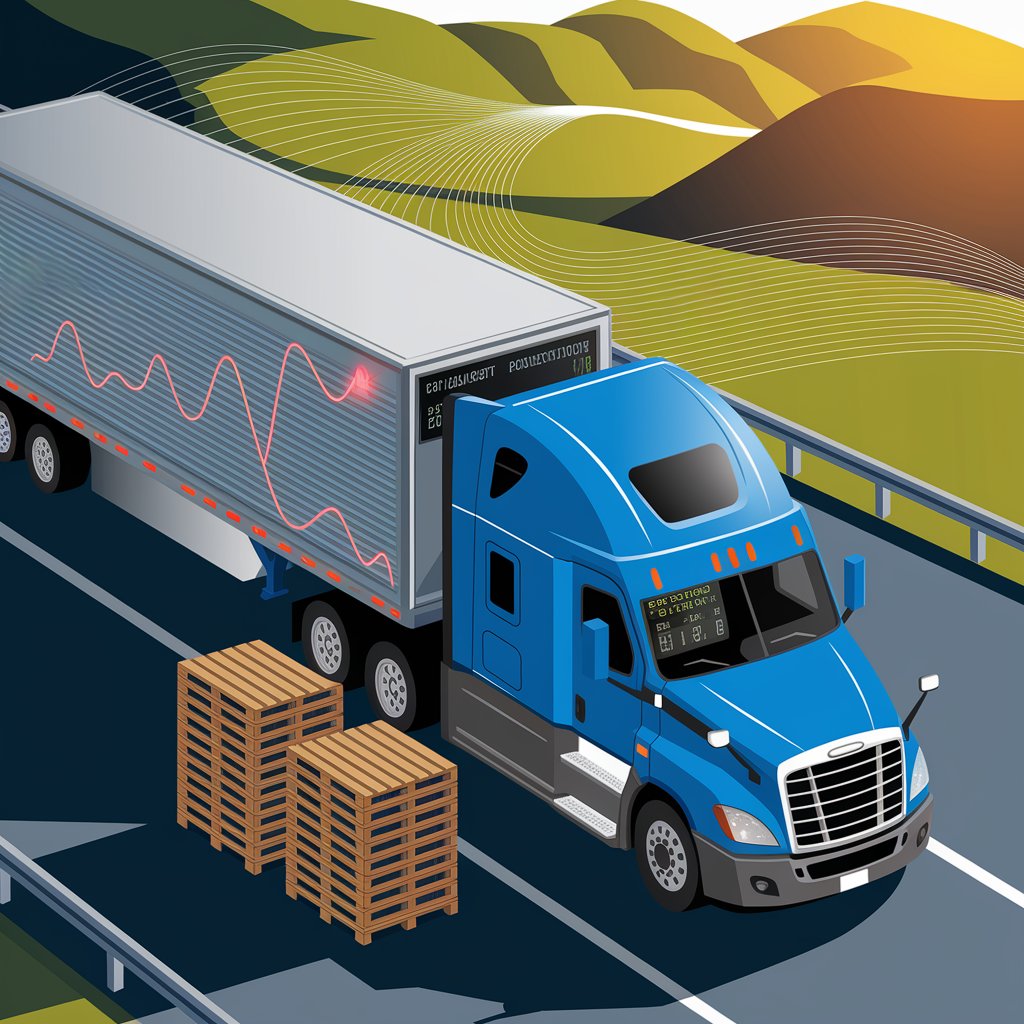Truckload Freight: Everything You Need to Know to Ship Smarter
Let’s dive into what truckload freight means, how it works, and when it’s the right option for your shipments.

🧱 What Is Truckload Freight?
Truckload freight (TL) refers to the transportation of goods that fill an entire semi-trailer or container. Instead of sharing space with other shippers (like in LTL), your cargo is the only freight on the truck.
📏 Typical Trailer Sizes:
Trailer Type | Length | Weight Capacity |
Dry Van | 53 ft | ~45,000 lbs |
Reefer | 53 ft | ~42,000 lbs (temp-controlled) |
Flatbed | 48–53 ft | ~48,000 lbs |
Truckload is ideal for high-volume, time-sensitive, or high-value goods that need a direct route from origin to destination.
🚚 How Truckload Freight Works
Here’s a simplified process:
- Quote: You request pricing from a carrier or broker
- Booking: Load is confirmed with pickup and delivery windows
- Dispatch: Truck is assigned and driver is dispatched
- Pickup: Carrier arrives, loads goods (usually dock-to-dock)
- Transit: Freight travels directly to destination
- Delivery: Goods are unloaded, and proof of delivery (POD) is signed
Unlike LTL, there are no terminal stops or rehandling, reducing damage risk.

🔄 Truckload vs. Less Than Truckload (LTL)
Feature | Truckload (TL) | LTL |
Space usage | Full trailer | Shared with other shippers |
Transit time | Direct | Slower, with multiple stops |
Freight handling | Minimal | Multiple touchpoints |
Shipment size | 15,000–45,000 lbs | 150–15,000 lbs |
Cost per lb | Lower (volume) | Higher (but flexible) |
Choose TL when you need speed, security, and control.
💡 When to Use Truckload Freight
✅ Your freight fills most or all of a trailer
✅ Shipments are over 10 pallets or 15,000+ lbs
✅ You want faster transit without stops
✅ Your goods are fragile, high-value, or time-sensitive
✅ You need temperature control (reefer service) or flatbed options
Truckload also makes sense for dedicated lanes, seasonal surges, or warehouse restocking.

💸 What Impacts Truckload Freight Rates?
Factor | Description |
📍 Distance | Longer hauls cost more (but per mile may drop) |
🕐 Urgency | Expedited = premium rates |
📦 Freight type | Fragile, hazmat, or reefer require more care |
⛽ Fuel costs | Fluctuate with fuel surcharges |
🔄 Market demand | High volume = higher spot rates |
🚛 Equipment availability | Shortage of trucks increases rates |
Tip: Lock in contract rates to reduce market volatility.
🛠️ Tools for Managing Truckload Freight
Top brokers and shippers use TMS platforms to manage TL shipments with ease:
- 📲 Linbis – Freight management + CRM
- 💻 AscendTMS – Real-time dispatch + document automation
- 📡 Project44 / FourKites – Load visibility and GPS tracking
- 📊 RateView – Access real-time rate benchmarks
The right tools give you cost control, visibility, and peace of mind.

📈 Advantages of Truckload Shipping
- 🚀 Faster transit – Point A to B with no stops
- 🔒 More secure – Fewer touches, less damage risk
- 💵 Better value for large loads
- 🌎 More carrier options for regional, national, or cross-border
- 📦 Ideal for sensitive or full-pallet shipments
Truckload freight helps growing businesses scale with confidence.
🏁 Final Thoughts
Truckload freight is the backbone of North American logistics. If you ship high volumes and want control, speed, and reliability—it’s your go-to solution.
📦 Need help finding the best TL carrier or tech to manage your loads? A freight broker or digital platform can make it easy.
